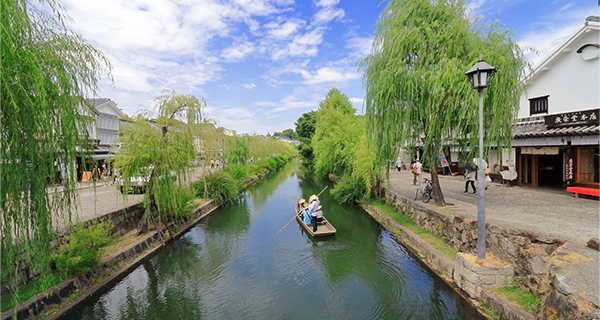INTRODUCTION OF NEIGHBORING TOURIST ATTRACTIONS
- HOME
- ACCESS
- INTRODUCTION OF NEIGHBORING TOURIST ATTRACTIONS
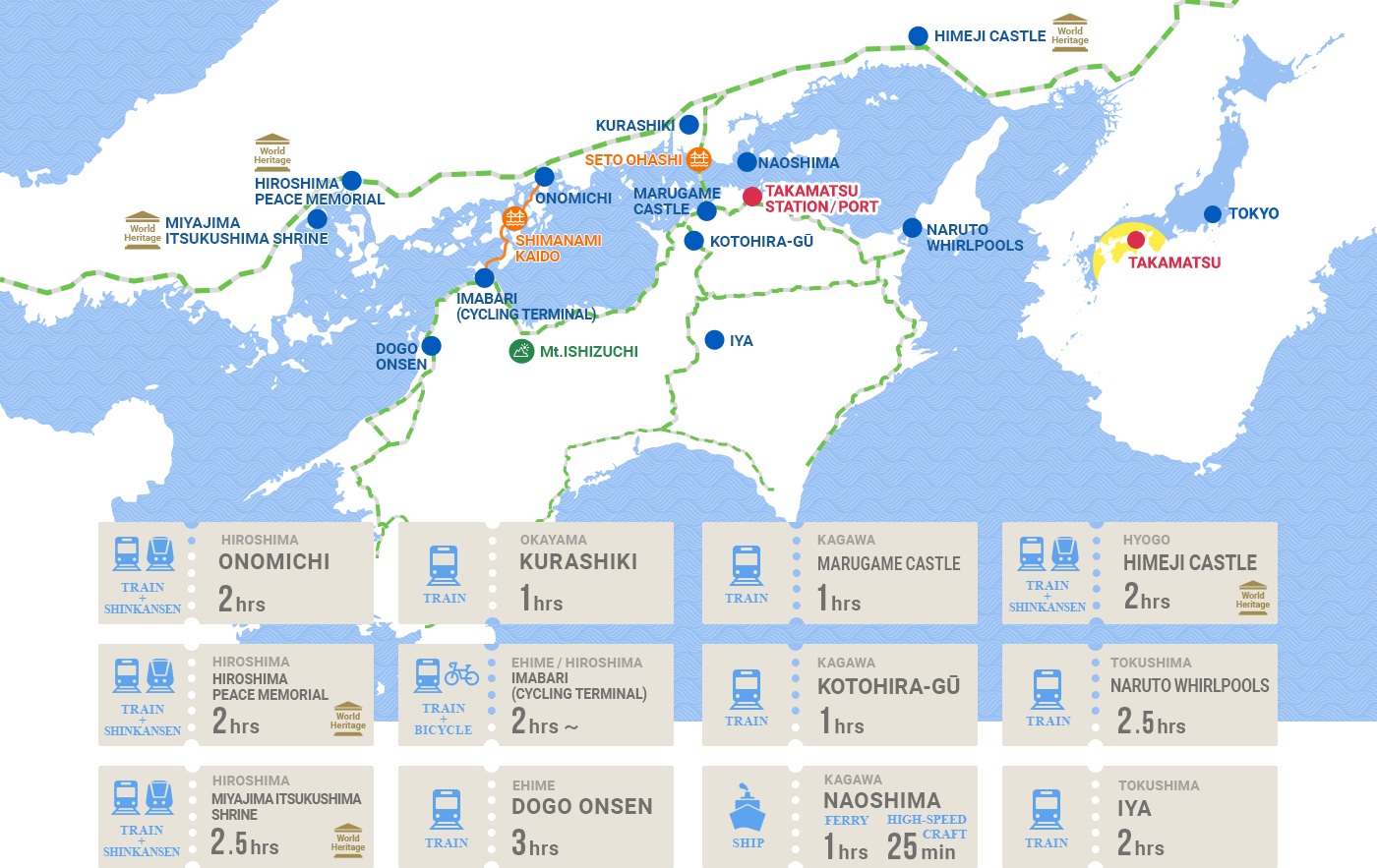
-

From Takamatsu
25minKAGAWANAOSHIMA
- An island in the Seto Inland Sea that attracts global attention as a renowned place for contemporary art, including art projects carried out by Benesse Corporation for about 30 years. It is otherwise known as the “art island.” The island is dotted with many contemporary art facilities, such as the Chichu Art Museum and Naoshima Sento I Love Yu. Many artworks from the Setouchi Triennale are also displayed.
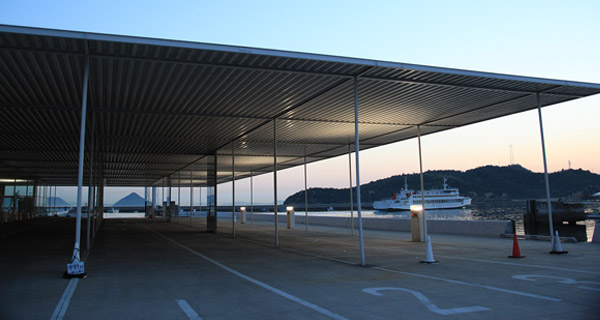
-

From Takamatsu
1hrsKAGAWAKOTOHIRA-GU
- A main shrine of Kotohira-gu throughout Japan. Enshrined on the hillside of Zozu Mountain, the god of the sea is popularly and affectionately called “Sanuki no Konpira-san.” The long stone steps of the approach to the shrine are renowned, 785 steps to the main shrine, totaling 1,368 steps to the rear of the shrine. Souvenir shops, udon shops, and others line both sides of the approach. The former Konpira Oshibai (Kanamaruza) and Takatoro are also widely known.
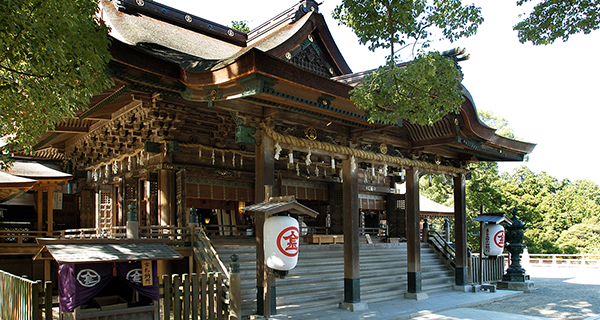
-

From Takamatsu
1hrsKAGAWAMARUGAME CASTLE
- Marugame Castle, also known as a fine castle with stone walls, is one of only twelve castles remaining in Japan that have survived the post-feudal age, and is located in Marugame City, Kagawa. The stone walls built with the most advanced techniques at the time are said to be the highest in Japan, and feature tall, beautiful curves. Construction of the castle began in 1597, boasting more than 400 years of history. It has the smallest castle tower among the existing twelve castles. It was also selected as part of Japan’s Top 100 Castles.
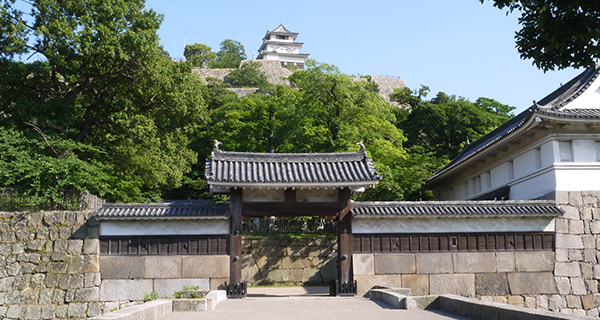
-

From Takamatsu
2hrs ~EHIMESHIMANAMI KAIDO
- Nishi-Seto Expressway consists of 10 bridges linking the multiple islands in the Seto Inland Sea. It features a road exclusively for bicycles and pedestrians along with a roadway. Because it is possible to cross the bridge on the sea by bicycle, it is a very popular cycling road for cyclists and bicycle fans. In addition, 13 rental bicycle terminals are available from Imabari to Onomichi, where you can get off your bicycle freely.
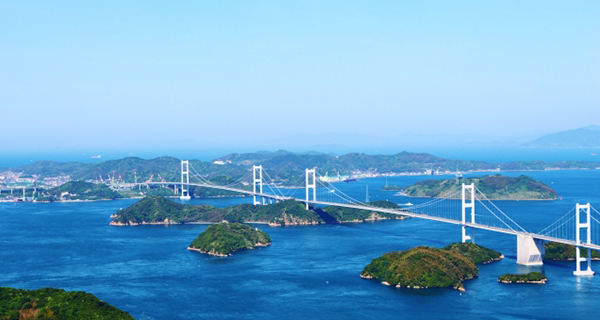
-

From Takamatsu
3hrsEHIMEDOGO ONSEN
- Dogo Onsen has appeared in many books, including Manyoshu, and is one of Japan’s Three Ancient Springs with over 3,000 years of history. Dogo Onsen Honkan is located in the center and is designated as an important cultural property by the national government. It is also affectionately called “Botchan Yu” from the work by Soseki Natsume, a great writer with connections to Matsuyama City.
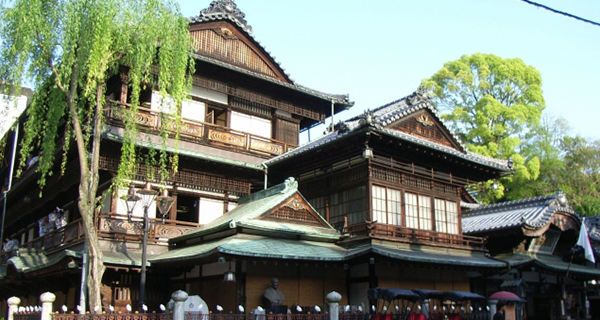
-

From Takamatsu
2hrsTOKUSHIMAIYA
- Located along the Iya River, which is a branch of the Yoshino River, it is heavily covered by trees due to the high amount of precipitation, and offers isolated scenery deep in the mountains. The entire area is famous as a hidden retreat for the Heike family and is said to be one of Japan’s top three unexplored regions. Kazura Bridge, located in Mt. Nishi Iya, is designated as an important tangible folk-cultural property and the entire valley has been selected as one of the top 88 landscapes in Tokushima.
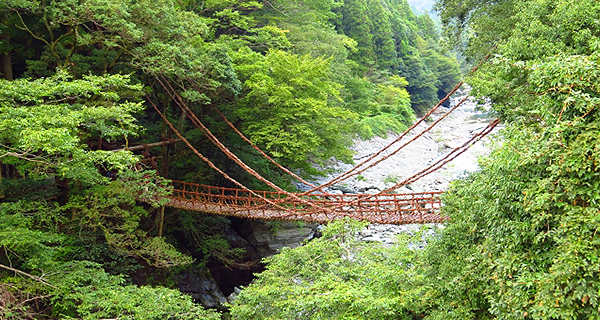
-

From Takamatsu
2.5hrsTOKUSHIMANARUTO WHIRLPOOLS
- It is said that it started to be called Naruto due to the loudness of the whirlpools in the channel. With a maximum diameter of 30 m, the whirlpools are generated during the spring tide and are said to be the largest in the world. They have the fastest speed in Japan. Enjoy the view from a cabin cruiser, or Uzu-no-michi, a whirlpool sightseeing facility on the Naruto side under the road, over Onarutokyo Bridge.
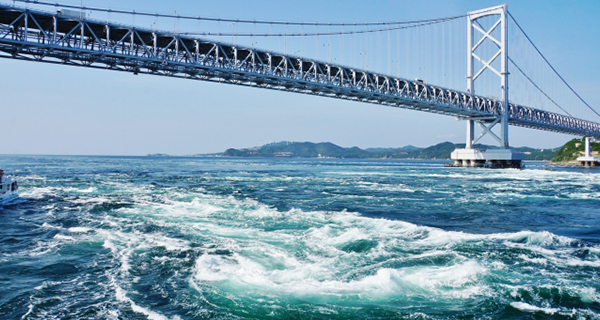
-

From Takamatsu
2hrsHIROSHIMAHIROSHIMA
PEACE MEMORIAL
- Officially called the Hiroshima Peace Memorial, it is a monument (A-bomb Dome) that conveys the catastrophe of the atomic bomb dropped on Hiroshima City, Japan. The site was designated as a UNESCO World Heritage Site (cultural heritage). In particular, it is called a negative World Heritage site, making it a warning with the wish that such a tragedy will never happen again.
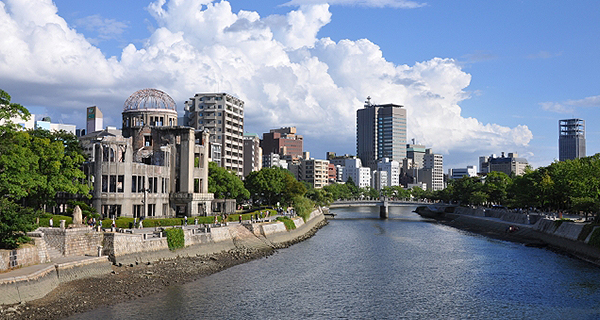
-

From Takamatsu
2.5hrsHIROSHIMAMIYAJIMA
ITSUKUSHIMA SHRINE
- Officially called Itsukushima, it is known as one of the three most famous scenic locations in Japan, including Matsushima of Miyagi and Ama no Hashidate of Kyoto. The large gate of Itsukushima Shrine floating on the sea is particularly famous, attracting more than three million tourists and visitors annually. The entire island is designated as a special protection zone according to the Natural Parks Act. Moreover it is designated as a Special Historic Site and a Special Place of Scenic Beauty by the national government.
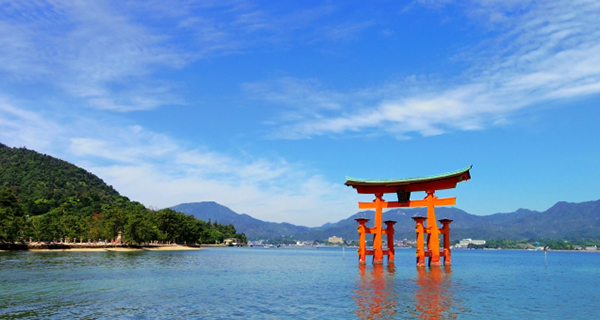
-

From Takamatsu
2hrsHIROSHIMAONOMICHI
- Onomichi has a long history as a port city, and was an important interchange that linked the sea to the land. Surrounded by mountains in three directions, it has little flat land and is known as a town of hills. In addition to over 25 shrines, temples, and tourist attractions, including nine museums and resource centers, Onomichi boasts many registered tangible cultural properties and important designated cultural properties by the national government.
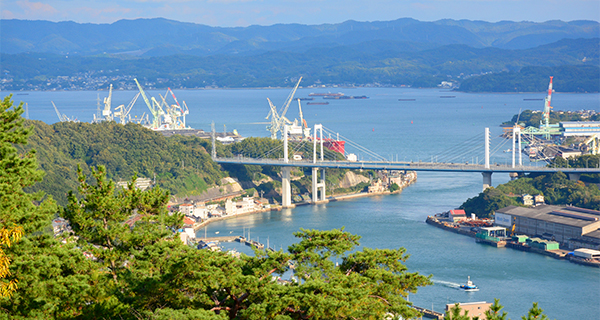
-

From Takamatsu
2hrsHYOGOHIMEJI CASTLE
- Also called Hakuro Castle or Shirasagi Castle, it was designated as a UNESCO World Heritage Site as well as one of Japan’s Top 100 Castles, National Treasures, and important cultural properties. It is a typical castle on a hill in the plains. Centering around Himeyama Hills, where the castle tower is located, and Sagiyama Hills, where the west wing of the castile is located, the outermost enclosure containing the castle town is formed by the surrounding topology.
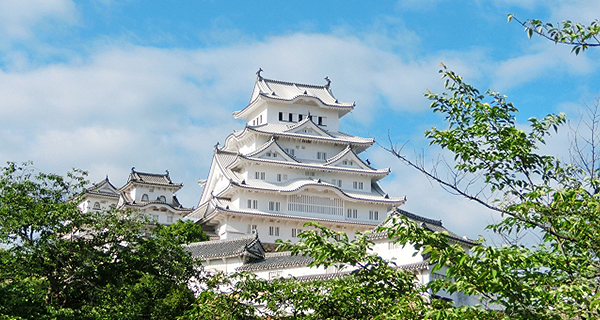
-

From Takamatsu
1hrsOKAYAMAKURASHIKI
- Kurashiki is famous for the Bikan historic quarter, which has a row of houses and streets with white walls along the Kurashiki River, and the world’s longest bridge, the Seto Ohashi bridge, which was built along with railways and roads, to link Honshu with Shikoku. The textile (apparel) industry flourishes in the Kojima district, where student uniforms, regular uniforms and jeans are mainly produced. It is also known as the birthplace of jeans made in Japan.
